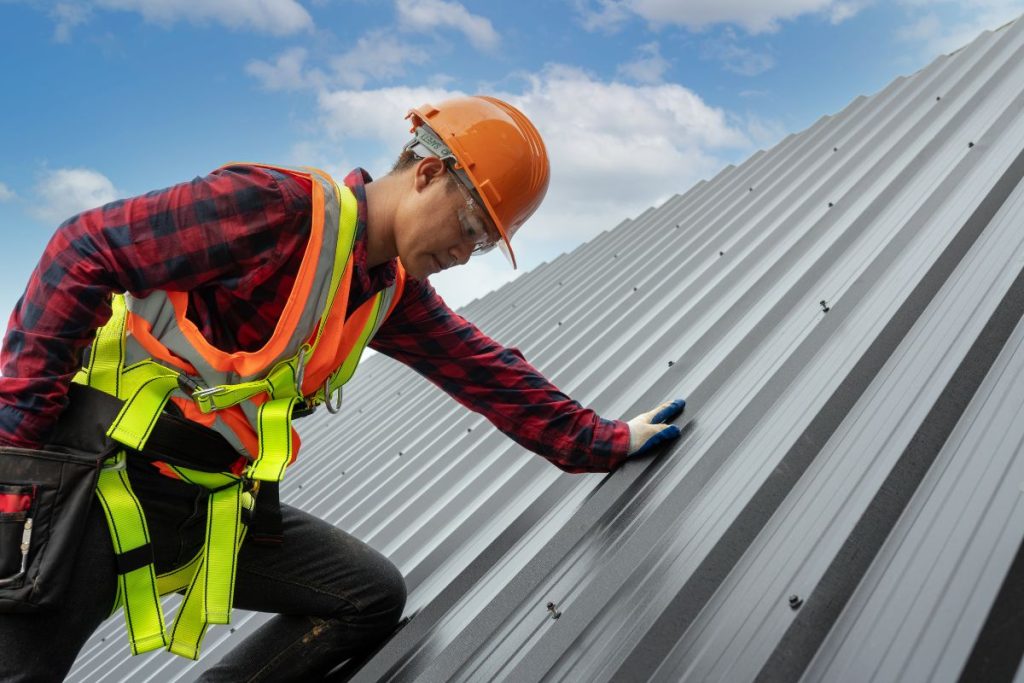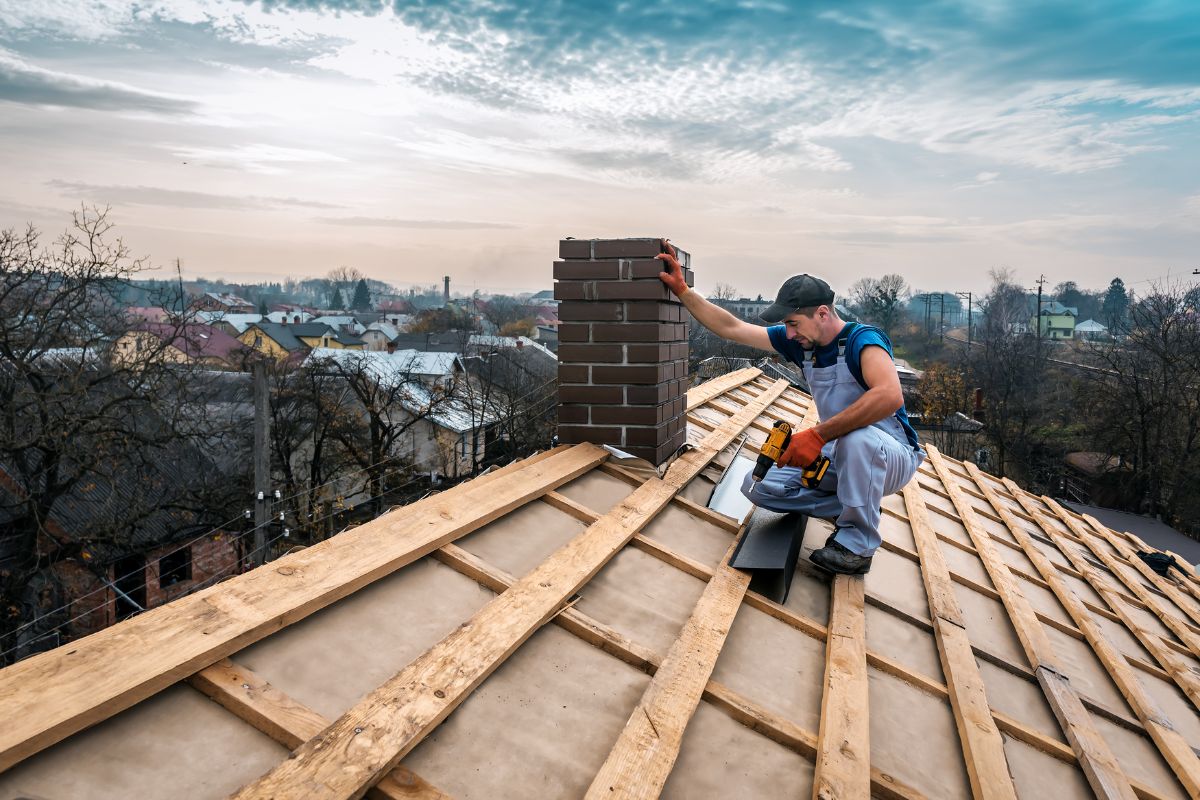
Metal roofs are increasingly popular for their longevity and energy efficiency, but they’re not without their challenges. While a metal roof offers significant benefits, understanding the potential downsides – including higher initial costs, noise concerns, and installation complexities – is crucial for making an informed decision about what’s best for your home.
Is a Metal Roof Right for You? Unveiling the Potential Drawbacks
Metal roofs have gained popularity for their durability and longevity, often lasting 50 years or more. They are also energy efficient, reflecting sunlight and potentially lowering cooling costs. However, before jumping on the metal roofing bandwagon, it’s essential to consider the potential downsides. This article will explore the drawbacks, helping you make an informed decision. Call us for expert guidance and roofing services
1. Upfront Cost: A Significant Investment
One of the most significant barriers to entry for metal roofing is the upfront cost. Metal roofs generally cost more than traditional asphalt shingle roofs. While the lifespan of a metal roof often exceeds that of asphalt, the initial investment can be substantial. This higher cost is due to the material itself, which is more expensive to produce, and the specialized labor required for proper installation. For more information, visit our service page Reroofing to explore your options
2. Noise Concerns: When Rain Sounds Become a Problem
Metal roofs can be noisier than other types of roofing materials, especially during rain or hailstorms. The sound of raindrops hitting a metal roof can be amplified and become a significant disturbance, especially in bedrooms or living areas directly under the roof.
Mitigation Strategies for Noise

Fortunately, there are ways to mitigate the noise from a metal roof. Proper insulation is key. Adding a layer of insulation between the metal roofing and the roof deck can significantly reduce sound transmission. Special underpayments designed for sound dampening can also be installed.
3. Potential for Dents and Damage
While metal is durable, it’s not impervious to damage. Falling tree branches or large hailstones can dent a metal roof, especially if the metal is relatively thin, like some types of aluminum.
Hail Damage and Metal Roofs
The extent of hail damage depends on the type of metal, the thickness of the metal, and the size of the hail. Softer metals like aluminum are more susceptible to dents than harder metals like steel or copper.
Walking on a Metal Roof
It’s also important to be cautious when walking on a metal roof. Some types of metal roofing can be easily dented if walked on improperly. Always consult with a professional before attempting to walk on your metal roof for maintenance or repairs. For expert advice, check out our Roofing Maintenance page for more details.
4. Installation Challenges: The Need for Expertise
Metal roofing installation is not a DIY project. It requires specialized skills and knowledge. Incorrect installation can lead to leaks, improper expansion and contraction, and other problems.
Finding Qualified Installers
It’s crucial to hire a qualified and experienced roofing contractor who specializes in metal roofing. Look for contractors with certifications from metal roofing manufacturers or industry associations. Don’t hesitate to ask for references and check online reviews.
 5. Expansion and Contraction: Understanding Thermal Movement
5. Expansion and Contraction: Understanding Thermal Movement
Metal expands and contracts with temperature changes. If a metal roof is not properly installed with appropriate fasteners and expansion joints, this thermal movement can cause problems such as buckling, warping, and leaks.
6. Color Fading and Chalking
Some metal roof colors may fade or chalk over time, especially in areas with intense sun exposure. This can affect the aesthetic appeal of the roof. Choosing high-quality coatings and finishes can help to minimize color fading and chalking.
7. Potential for Leaks
While metal roofs are generally very durable and water-resistant, leaks can occur if the roof is not properly installed or maintained. Leaks can develop around seams, fasteners, and flashing, especially if these areas are not properly sealed. Regular inspections and maintenance can help to prevent leaks. Call us today for professional assistance.
Frequently Asked Questions About Metal Roofs
Is a metal roof worth the investment despite the higher cost?
The long-term benefits of a metal roof, such as its lifespan and energy efficiency, often outweigh the higher upfront cost. A metal roof can last two to three times longer than an asphalt shingle roof, saving you money on replacement costs in the long run.
How can I minimize noise from my metal roof?
Proper insulation and underlayment are key to minimizing noise from a metal roof. Consider adding a layer of insulation between the metal roofing and the roof deck and using a sound-dampening underlayment.
How long will a metal roof last?
A properly installed and maintained metal roof can last 50 years or more.
Conclusion: Making an Informed Decision About Metal Roofing
Metal roofs offer many advantages, including durability, longevity, and energy efficiency. However, it’s essential to be aware of the potential downsides, such as higher costs, noise concerns, and installation complexities. By carefully weighing the pros and cons, and by hiring a qualified and experienced roofing contractor, you can make an informed decision about whether a metal roof is the right choice for your home. Contact us today for expert guidance!
